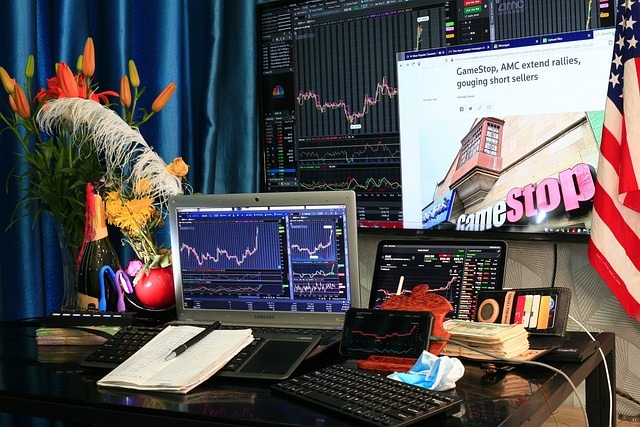Managing a fleet of vehicles is more than just tracking mileage and ensuring timely maintenance. It’s about safeguarding your business from potential risks that could disrupt operations. One of the most critical components in this process is having the right fleet insurance. Beyond meeting legal requirements, the right insurance strategy can protect your vehicles, drivers, and overall business operations from unexpected financial setbacks.
Why Insurance is Essential for Business Stability
Fleet insurance isn’t just about compliance—it’s about ensuring business continuity. Accidents, thefts, and operational disruptions can cause more than just immediate financial losses; they can impact your company’s reputation and long-term profitability. Fleet insurance provides a safety net, covering a range of risks under one comprehensive policy. This holistic approach minimises the administrative hassle of managing multiple individual policies while ensuring consistent coverage across your entire fleet.
Consolidated Coverage for Operational Efficiency
One of the standout benefits of fleet insurance is the convenience of managing all your vehicles under a single policy. Whether you operate a handful of delivery vans or a large commercial fleet, consolidated coverage simplifies renewals, claims processing, and policy updates. Instead of juggling paperwork for each vehicle, you can streamline your insurance management, saving time and reducing the risk of coverage gaps.
This efficiency isn’t just administrative—it often translates into cost savings. Insurers frequently offer bespoke fleet pricing, often recognising the reduced risk associated with well-managed fleets. This means you can secure comprehensive coverage without inflating your insurance budget.
The Role of Driver Safety in Managing Insurance Costs
Drivers are the backbone of any fleet operation, and their safety directly impacts your insurance premiums. Insurers closely evaluate driving records, accident histories, and risk management practices when determining rates. This is where proactive driver safety programs become invaluable.
Investing in driver training, advanced driving courses, and regular safety assessments can significantly reduce the likelihood of accidents. Some insurers even offer premium discounts for fleets that implement formal safety protocols. Not only does this improve driver well-being, but it also helps control insurance costs, making safety a smart business investment beyond its ethical importance.
Streamlining Claims for Minimal Downtime
An often-overlooked aspect of fleet insurance is the claims process. After an incident, every moment your vehicle is off the road affects productivity and revenue. Choosing an insurer known for efficient, hassle-free claims handling can make a substantial difference.
Look for providers with strong track records in claims support, quick processing times, and responsive customer service. Some insurers even offer dedicated fleet claims teams, ensuring your business receives prompt attention when it matters most. A streamlined claims process reduces downtime, helping your fleet get back on the road faster with minimal disruption to your operations.
Ensuring Legal Compliance and Avoiding Penalties
Fleet insurance isn’t just smart business—it’s a legal requirement . Operating without adequate coverage can result in hefty fines, legal liabilities, and the suspension of business operations. Additionally, insurance regulations can change over time, especially for companies operating in multiple regions.
Staying informed about evolving legal requirements ensures your business remains compliant and helps you navigate complex insurance laws and avoid potential penalties.
Boosting Business Reputation Through Reliable Insurance
Comprehensive fleet insurance doesn’t just protect your assets; it also enhances your business’s credibility. Clients, partners, and even employees are more likely to trust a company that demonstrates a strong commitment to safety and risk management.
When prospective clients see that your fleet is well-insured, it signals reliability and professionalism—key factors in securing contracts, partnerships, and customer loyalty. In industries where reputation is everything, having robust insurance coverage can set your business apart from competitors.








